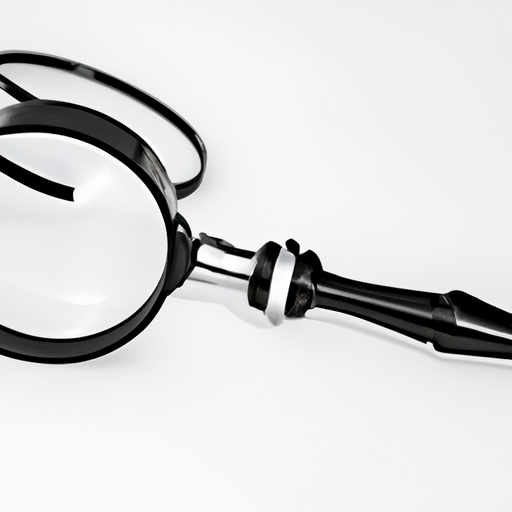Surgery To Prevent Sweating: An In-depth Look
Have you ever felt like you sweat more than the average person? Hyperhidrosis, or excessive sweating, can be a challenging condition to live with. For many, traditional treatments such as antiperspirants and injections to stop sweating may not provide adequate relief. Enter surgery to prevent sweating, a more permanent solution that is gaining popularity. Let’s dive into what these surgeries involve, their effectiveness, and whether they might be the right option for you.
Understanding Hyperhidrosis And Surgery Options
Hyperhidrosis affects approximately 3% of the population. This condition can significantly impact one’s quality of life, making simple tasks like shaking hands or holding a pen uncomfortable. When other perspiration treatments fail, some turn to surgical interventions.
One common surgical option is ETS surgery (Endoscopic Thoracic Sympathectomy). This procedure involves cutting or clamping the sympathetic nerves responsible for triggering sweat glands in certain parts of your body. ETS surgery is often recommended for severe cases where other treatments haven’t worked.
Another surgical method involves directly targeting and removing sweat glands from affected areas like the underarms. This approach can be particularly effective but may come with its own set of risks and considerations.
ETS Surgery: The Details
ETS surgery has become increasingly popular due to its high success rate in reducing excessive sweating. During this minimally invasive procedure:
– Small incisions are made in the chest area.
– A camera is inserted to guide the surgeon.
– The sympathetic nerves responsible for excessive sweating are either cut or clamped.
The whole process usually takes about an hour and can dramatically reduce sweating in targeted areas like hands and face. However, it’s essential to understand that this procedure also has potential side effects like compensatory sweating (increased sweating in other body areas) and nerve damage.
For instance, Jane, a 28-year-old accountant who struggled with sweaty palms her entire life, opted for ETS surgery last year. Post-surgery, she noticed a dramatic reduction in palm sweat but experienced increased sweating on her back and legs—a classic case of compensatory sweating.
Removing Sweat Glands: A Localized Approach
Another effective strategy involves removing sweat glands directly from problematic areas such as the underarms. There are different methods to achieve this:
– Liposuction-assisted curettage: Here, a cannula is used to scrape out the sweat glands.
– Laser therapy: A laser is employed to destroy sweat glands.
– Excision: Directly cutting out small portions of skin containing sweat glands.
Each technique aims at reducing or eliminating excess underarm sweat by physically removing the glands responsible for it.
Emily, an office manager who opted for laser therapy last summer, experienced fantastic results with minimal downtime. “I couldn’t believe how quickly I returned to my routine,” she shared excitedly during her follow-up visit.
The Pros And Cons Of Hyperhidrosis Surgery
Just like any medical procedure, surgeries aimed at treating hyperhidrosis come with their own set of pros and cons:
Pros
1. Long-term Relief: Unlike topical treatments which need regular reapplication.
2. Targeted Results: Especially when opting for gland removal methods.
3. Improved Quality Of Life: Reduced anxiety related to public situations due to lessened visible signs of sweating.
Cons
1. Potential Side Effects: Including compensatory sweating post-ETS.
2. Surgical Risks: Such as infections or complications from anesthesia.
3. Irreversibility In Some Cases: Especially after nerve-cutting procedures.
It’s critical to consult thoroughly with healthcare professionals experienced in hyperhidrosis management before making any decisions about undergoing surgery.
Comparing Surgery With Other Treatments
While surgeries offer promising long-term solutions for many suffering from hyperhidrosis:
– Topical Antiperspirants remain first-line defenses despite needing frequent applications.
– Botox injections work wonders in localized zones but require periodic renewals.
– Oral Medications help some but carry systemic side effects impacting daily life norms.
Thus understanding individual needs ensures better alignment between expectations versus real outcomes post-surgically based on unique bodily responses towards different perspiration control methodologies chosen over time scales varying per individual experiences gathered so far across demographically diverse populations globally afflicted variably yet similarly nonetheless!
Is Surgery To Prevent Sweating Right For You?
Determining if surgery is right depends largely upon factors unique personal circumstances dictate by themselves alone ultimately! Consider :
1) Severity Of Symptoms
– Are they debilitating enough disrupting daily activities consistently?
2) Previous Treatment Efficacies
– Have non-invasive options provided sufficient relief historically speaking?
3) Potential Risks And Benefits
– Weighing pros against cons realistically given medical histories encompassing broader health spectrum perspectives logically inferred!
An open conversation regarding expectations realistic outcomes facilitated through professional guidance invariably helps navigate decision pathways judiciously leading possibly towards improved lifestyles benefiting holistically therein at large eventually hopefully conclusively finally indeed!
In conclusion embarking journey towards choosing best suited hyperhidrosis intervention demands diligent research coupled informed choices ensuring optimum benefits derived maximally thereby enhancing overall well-being appreciably henceforth progressively onward forevermore unquestionably truly positively affirmatively assuredly undeniably assuredly!

